Email Broadcasting Specifications

Specifications
- Free e-mail templates are available from Campaign Monitor: www.campaignmonitor.com/templates/ (do not sign up unless you wish to) and MailChimp: github.com/mailchimp/Email-Blueprints
- e-broadcast must be constructed in HTML using tables, not divs, at a recommended width of 600 pixels.
- Images must either be supplied together with the HTML file, OR be hosted live on the internet, not on your own company’s local server (the image links MUST BE ABSOLUTE ie. http://www.yourcompany.com/yourimagesfolder/imagename NOT LOCAL yourimagesfolder/imagename).
- Include an ‘alt’ tag for your images – this is just a description of the image that will show when it is disabled.
- Be aware that some email clients (such as Outlook.com and Gmail) strip out CSS and STYLE tags from the HEAD of the HTML, so inline styling is a requirement. Do not reference an external style sheet – always have your styles declared inline. You can use a CSS inliner such as this one from MailChimp: templates.mailchimp.com/resources/inline-css/
- Do not use COLSPAN to merge table cells. Construct your table with individually assigned cells for your content.
- Do not use background images. These do not work in Outlook.com, Outlook 2007, 2010, 2013 and 2016 (for PC), GMail and Lotus Notes, to mention but 4 of the 10 most commonly used email clients.
- Do not use Javascript. Most email applications block JavaScript as a security measure. Make sure your code doesn’t contain any JavaScript such as on form submit buttons, pop-up window links, image pre-loaders, and widgets.
- There are many email clients in use by recipients, and all of them will treat your e-broadcast differently where CSS (Cascading Styles Sheets) is concerned; click here to view a guide to CSS support across the 10 most commonly used email clients.
- We strongly recommend the use of this “HTML boilerplate” template for fixes of various e-mail client ‘issues’ and preparation of your email for mobile – click here.
Client must supply…
- HTML file together with images (or with any included images hosted on a website and referenced absolutely).
- Subject heading (for subject box). Subject heading must include the company name prior to the main subject line, i.e. Your Company: Your Subject Line Message
- Any e-mail addresses to be seeded onto the e-broadcast list (maximum five addresses please).
- Final WRITTEN signoff via email.
- You will receive an email proof before dispatch. To authorise dispatch, please email your Yandell Publishing contact with your written authorisation.
NOTE: The sending name will be: Group Leisure & Travel Connections. This is why it is important your subject line adheres to style, as above and includes your company or brand name.
Email broadcast tips and best practices
- Keep your subject line short; studies have shown that subject lines with fewer than 60 characters generate higher open rates.
- Preview Pane; the preview pane is the first part of your email template that recipients see – this is roughly the top 10cm or 200 pixels. Many recipients judge whether ot not they open your email based on what they see within the preview pane, therefore grab the recipient’s attention to encourage them to download the images and read on.
- Call to action in Preview Pane; ensure that your e-brodcast key call to action is within the preview pane. This encourages recipients to click straight through to your website.
- Anchor links; use anchor links to link to articles within your email, especially if your email is long.
- Short concise content; recipients scroll and scan your email so keep it short and to the point.
- Image to text ratio; a common spamming technique is to hide bad text and viruses within an image, therefore try to have an even image to text ratio – if something can be text, have it as text. Refrain from placing call to actions in graphics such as ‘click here’ links as these will only be visible once images are downloaded.
- Use Alt/Title tags on images; this is a description of the image which is shown when images are turned off. Many email clients have images turned off by default, therefore using alt text gives the recipient an indication of what the image is and encourages them to download.
- Links; make sure there are plenty of opportunities for the recipient to click through to your website. Try to ensure you have text call to actions as well as image ones.
- Using CAPS; try to avoid using sentences containing only CAPS within your email and the subject line, as spam filters see this as ‘shouting’ and could potentially block your email.
Tips for producing a mobile friendly e-mail:
- Be as concise as possible in both design and content; Having a clear and concise message should be a staple of any email, but it’s even more important when designing for mobile.
- Use a single column template; Because of the limited real estate you get with a mobile device, it’s generally better to use simple layouts.
- Use a single, clear call to action; Make sure to include a clear call to action, and put it near the top of your email.
- Avoid tiny fonts; Make sure your text can be read easily. Use a minimum of size 14pt font for body text and 22pt for headlines.
- Take it easy on images; Only use the images that are essential to your email — one to three is ideal.
